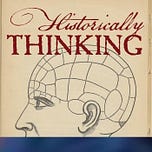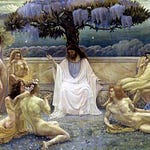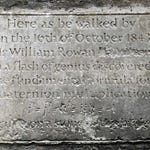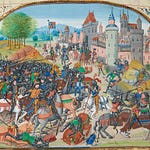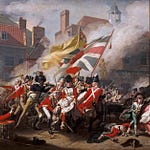Introduction
Americans love red meat. More particularly, they love beef. Always have. Archaeology of colonial America shows that British North Americans ate as much beef as they possibly could. Fish? No thank you. Beef? More, please. The British passion for beef (the French, after all, called the English les rosbifs) became an American passion.
But where colonial Americans ate their beef in a variety of strange cuts, mostly boiled, by the post–Civil War period having the freshest possible beef became a passion — a health craze, in fact. While we’ve talked about cattle drives in Episode 101 with Tim Lehman, this time we’re eating the whole cow.
The Story of the Red Meat Republic
I talk with Joshua Specht, whose new book Red Meat Republic: A Hoof-to-Table History of How Beef Changed America describes the entire “beef economy” of the nineteenth century — from the seizing of ranch land from Plains Indians to the dining room tables of New York and Indiana.
Along the way he touches not only on cattle drives, but on feedlots, packing plants, and “beef riots” that happened in the most unusual places. It’s a delicious podcast, even if you’re vegan.
About the Guest
Joshua Specht is Associate Professor of History at the University of Notre Dame, and is an environmental and business historian of the United States. He has written on the evolutionary history of the Texas longhorn, the rise and fall of western boomtowns, the field of commodity history, and questions of pedagogy. His current research examines politics and institutions in nineteenth-century America through the lens of political ecology.
Discuss
👉 What do you think: does America’s love of beef reveal more about culture, economics, or identity? Share your thoughts in the comments.

